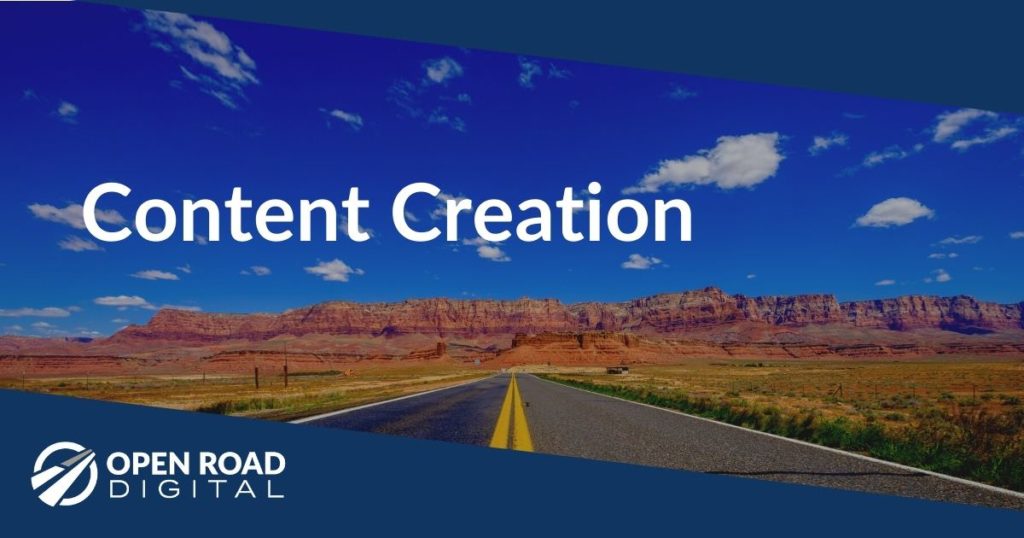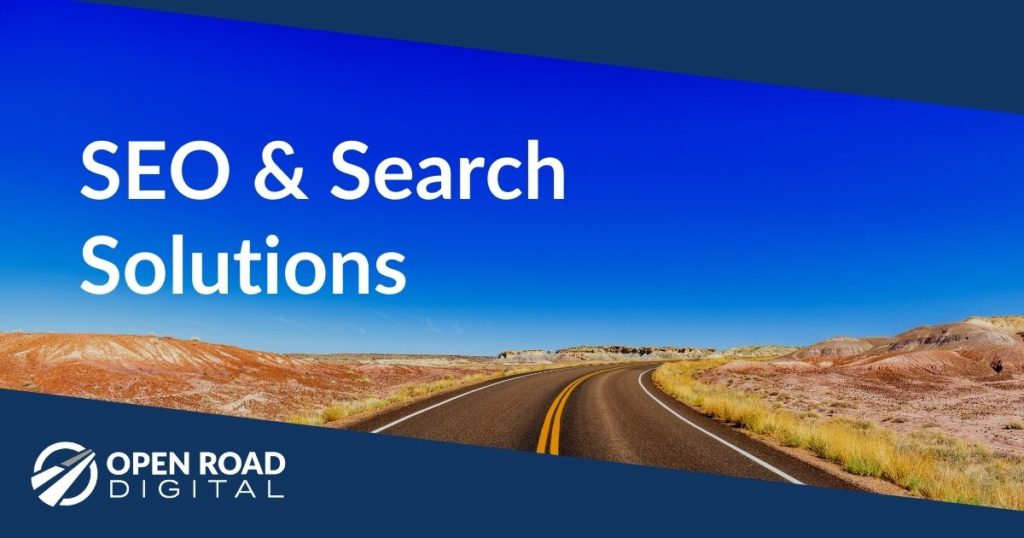Many firms publish content on their websites – on their blogs, as landing pages, in bios, and so forth. In these cases, effective SEO and UX means you should be linking this content together. Here’s why.
Crosslinking Your Content Is Good SEO and Good UX
SEO, or search engine optimization, is a series of actions one can take to improve the visibility of one’s content in online search results. Put another way, employing SEO tactics helps people find your website when they perform searches for particular phrases (so called “keywords” or “keyphrases”).
There are many things one can do to improve how high web pages appear in search results. The one thing we are focusing on here is internal linking – linking content from one page of a site to related pages.
Why does internal linking improve search results? Think about it: when you are searching for information about a particular topic, there are normally many aspects of the topic. Google wants to provide searchers with content that provides as complete a presentation of the topic as possible – something which can’t always be accomplished on a single web page.
Example: Let’s say that you needed engine oil for a chainsaw to cut down a tree. You search for the oil that your chainsaw manual describes. It is likely that the content that ranks highest in SERP (search engine results pages) will be web pages that get you just the information you need: the engine oil in question. But if that page is also linked to a guide on how to add the oil to your chainsaw, to a page on how to recycle engine oil, and perhaps to a page about best practices on using your chainsaw, the original page is likely to rank higher than pages without related information.
In short, linking one page of content to related pages turns your page and your website into a “one-stop shop” for the person searching for the keyword.
– Open Road Digital
In short, linking one page of content to related pages turns your page and your website into a “one-stop shop” for the person searching for the keyword.
Here are two additional things to keep in mind when crosslinking content within your website:
1. Add Links to Meaningful Words
The concept is easy to understand: crosslinking your web page to related pages is valuable to the reader, so Google ranks your page higher, all other factors being equal.
But, keep in mind that the actual words on the web page that contain the link play a role in how much Google ranks your content.
Example: Let’s say that your website contains practical information for businesses that are facing commercial litigation in Missouri, and that you wanted to link from your main “Commercial Litigation” page to a particular blog post about “Commercial Litigation in Missouri.”
Which of the two links below do you think will be more highly valued by search engines like Google?
Link: Click Here
Link: Missouri Commercial Litigation Practice
That’s right. The second link is more valuable. Google and other search engines have had a long time to develop algorithms that produce accurate search results, and one thing they have figured out is to connect the topic and content of the linked destination page to the actual words in which the link is embedded.
2. Go Back and Add Links to Existing Content
If you are regularly adding and updating content on your website, such as new blogs, white papers, service pages, or biographies, you will end up producing new pages/content about new topics. Let’s call these new topics Topic A and Topic B.
Once you have created these new pages, it’s time to go back to previously existing pages of your website where you mentioned Topic A and Topic B, and add links within relevant words to these new pages. Both the existing content and the new content will boost each other, helping all these pages to rank higher in search results.
What you may find is that, as you add new content, you may spend more time creating crosslinks. That may sound onerous, but it is at this point that your web pages can really start to outrank the competition’s pages. If the competition isn’t doing this and you are, then it’s to your advantage. It is worth it.
Crosslinked Content Makes for Improved User Experience
The experience that a user or reader of a website has on your website is based on many factors. But, as noted above in the section about chainsaw motor oil, the easier you make it for readers to find the information they searched for, and find related information too, the better experience they will have. Why go anywhere else when you have clustered all related information together on your own website?




